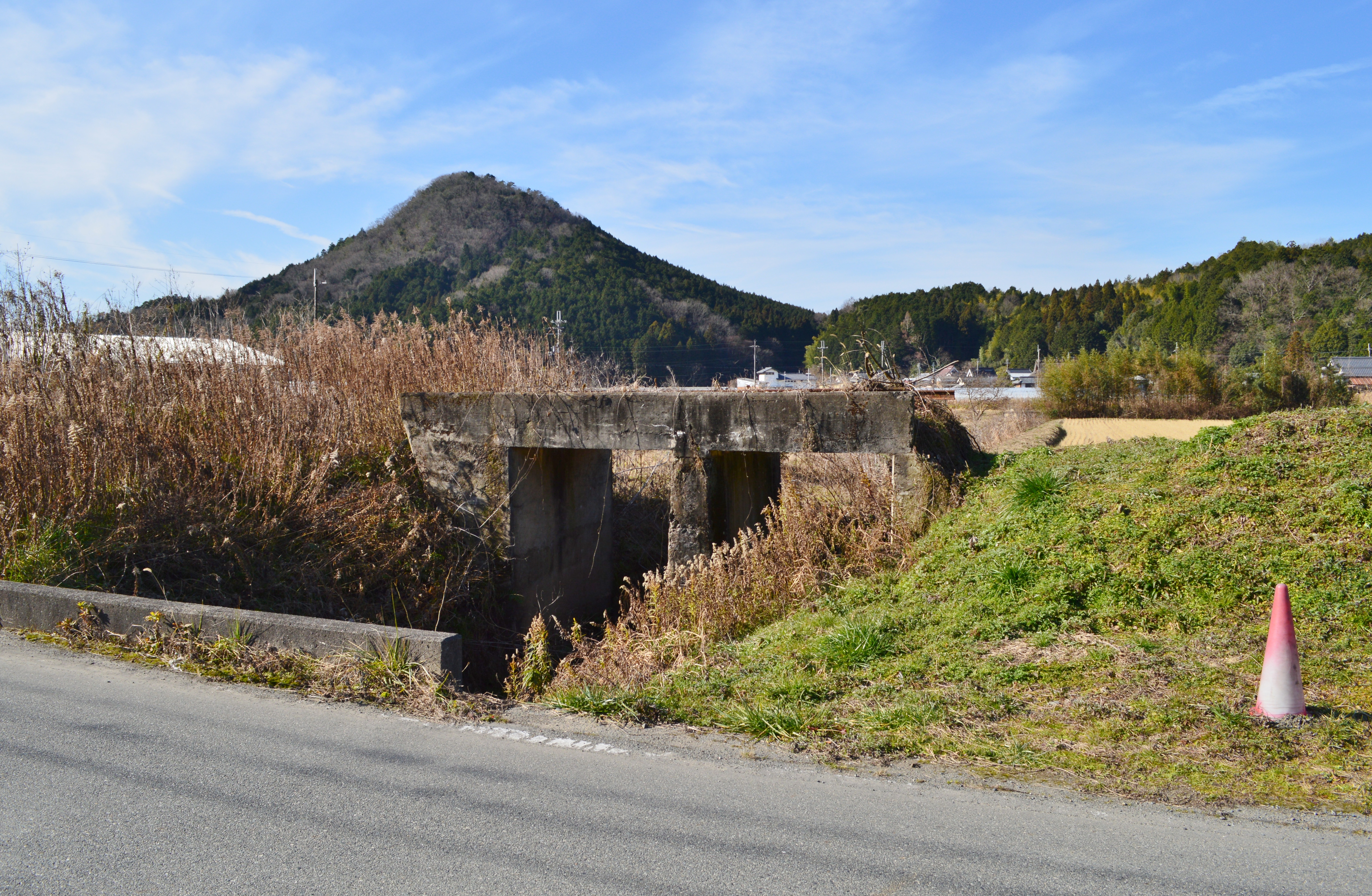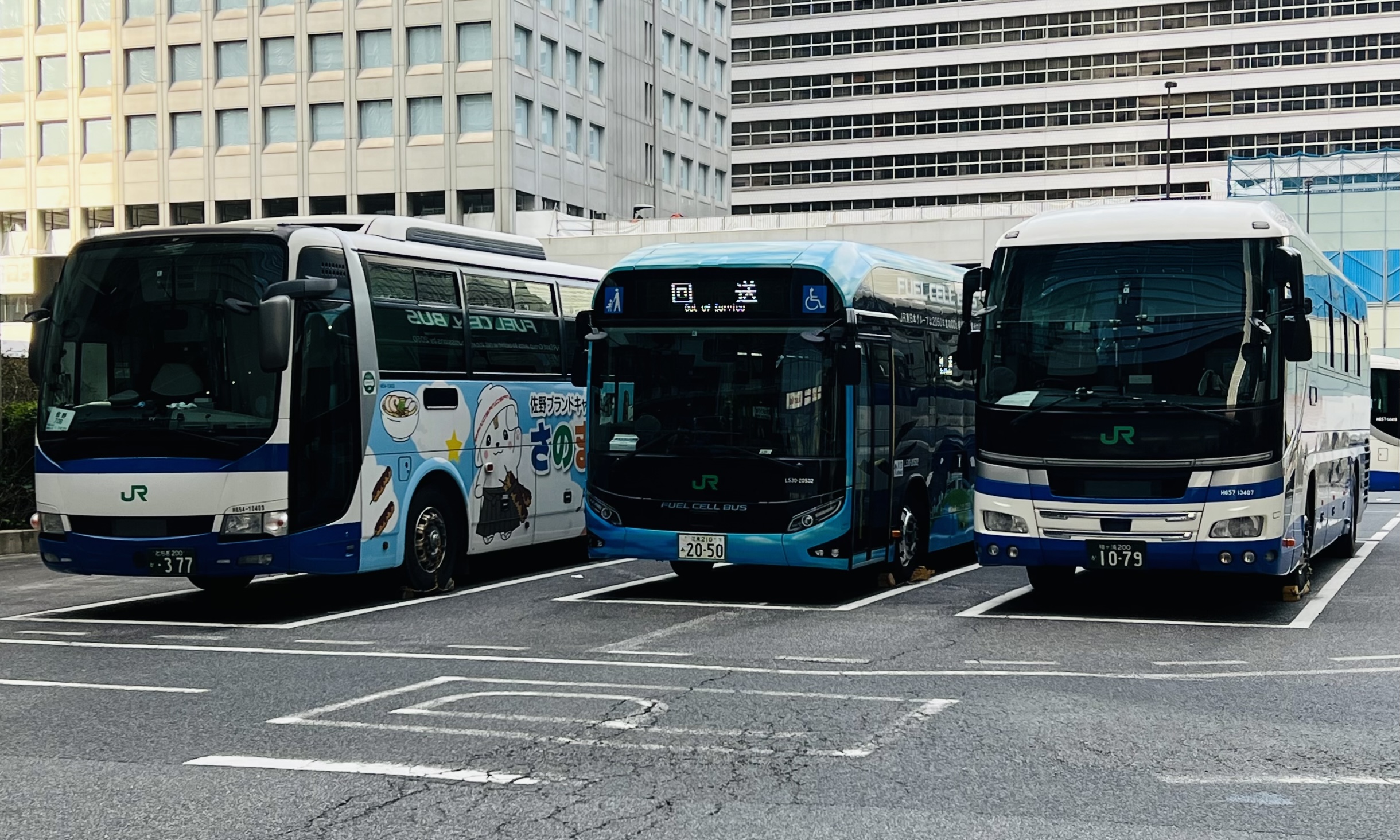|
Sasayama Line
was a railway line operated by Japanese National Railways that connected Sasayamaguchi Station with Fukusumi Station in present-day Tamba-Sasayama, Hyōgo, Japan. The line was discontinued on 1 March 1972.種村直樹『ローカル線の旅』(1981年12月15日 日本交通公社出版事業部 発行) Data The single-track 1,067-mm gauge railway was operated between Sasayamaguchi and Fukusumi (17.6 km) with six stations including both termini. The line was not electrified. History During World War II, the railway line was constructed for transport of manganese and quartz sand, as a part of plan to connect Sasayamaguchi Station with Sonobe Station as bypass of Sanyo Main Line. In 1944, the line was open to traffic in the section between Sasayamaguchi Station and Fukusumi Station. At the same time, the Sasayama Railway which opened in 1913 was discontinued. In 1945, the end of the war led to the discontinuation of the construction of the remainder of the planned li ... [...More Info...] [...Related Items...] OR: [Wikipedia] [Google] [Baidu] |
Sasayamaguchi Station
is a passenger railway station located in the city of Tamba-Sasayama, Hyōgo Prefecture, Japan, operated by West Japan Railway Company (JR West). Lines Sasayamaguchi Station is served by the Fukuchiyama Line, and is located 58.4 kilometers from the terminus of the line at . Station layout The station consists of one ground-level island platform and one ground-level side platform connected by an elevated station building. The station is staffed. Platforms *Track 1 is mainly used for the Limited express trains "Kounotori" for Osaka and Shin-Osaka (partly from Track 3). It is also used for the rapid services for Osaka. *Track 3 is mainly used for the trains for Fukuchiyama. It is sometimes used for the trains for Osaka. *Track 4 is mainly used for the regional rapid services for Osaka. It is sometimes used for the local trains for Fukuchiyama. Fukuchiyama-bound trains (except limited express trains) are uncoupled at Track 4 in the evening, uncoupled cars become bound for Osaka ... [...More Info...] [...Related Items...] OR: [Wikipedia] [Google] [Baidu] |
Japanese Government Railways
The Japanese Government Railways (JGR) was the national railway system directly operated by the Japanese Ministry of Railways ( ja, 鉄道省, Tetsudō-shō, ) until 1949. It was a predecessor of Japanese National Railways and the later Japan Railways Group. Name The English name "Japanese Government Railways" was what the Ministry of Railways (established in 1920) used to call its own and sometimes the ministry itself as a railway operator. Other English names for the government railways include Imperial Japanese Government Railways and Imperial Government Railways, which were mainly used prior to the establishment of the ministry. This article covers the railways operated by the central government of Japan from 1872 to 1949 notwithstanding the official English name of the system of each era. Network By the end of World War II in 1945, the Japanese Government Railways operated on the main Japanese islands of Honshū, Hokkaidō, Kyūshū, Shikoku and Karafuto. The railways ... [...More Info...] [...Related Items...] OR: [Wikipedia] [Google] [Baidu] |
Railway Lines Closed In 1972
Rail transport (also known as train transport) is a means of transport that transfers passengers and goods on wheeled vehicles running on rails, which are incorporated in tracks. In contrast to road transport, where the vehicles run on a prepared flat surface, rail vehicles (rolling stock) are directionally guided by the tracks on which they run. Tracks usually consist of steel rails, installed on sleepers (ties) set in ballast, on which the rolling stock, usually fitted with metal wheels, moves. Other variations are also possible, such as "slab track", in which the rails are fastened to a concrete foundation resting on a prepared subsurface. Rolling stock in a rail transport system generally encounters lower frictional resistance than rubber-tyred road vehicles, so passenger and freight cars (carriages and wagons) can be coupled into longer trains. The operation is carried out by a railway company, providing transport between train stations or freight customer facil ... [...More Info...] [...Related Items...] OR: [Wikipedia] [Google] [Baidu] |
Railway Lines Opened In 1944
Rail transport (also known as train transport) is a means of transport that transfers passengers and goods on wheeled vehicles running on rails, which are incorporated in Track (rail transport), tracks. In contrast to road transport, where the vehicles run on a prepared flat surface, rail vehicles (rolling stock) are directionally guided by the tracks on which they run. Tracks usually consist of steel rails, installed on Railroad tie, sleepers (ties) set in track ballast, ballast, on which the rolling stock, usually fitted with metal wheels, moves. Other variations are also possible, such as "slab track", in which the rails are fastened to a concrete foundation resting on a prepared subsurface. Rolling stock in a rail transport system generally encounters lower friction, frictional resistance than rubber-tyred road vehicles, so passenger and freight cars (carriages and wagons) can be coupled into longer trains. The rail transport operations, operation is carried out by a ... [...More Info...] [...Related Items...] OR: [Wikipedia] [Google] [Baidu] |
Murakumo Station
may refer to: * Kusanagi is a legendary Japanese sword and one of three Imperial Regalia of Japan. It was originally called , but its name was later changed to the more popular ("Grass-Cutting Sword"). In folklore, the sword represents the virtue of valor. Legends ..., a legendary Japanese sword and one of three Imperial Regalia of Japan. * , a class of destroyers of the Imperial Japanese Navy * , three destroyers of the Imperial Japanese Navy and the Japanese Maritime Self-Defense Force * '' Murakumo: Renegade Mech Pursuit'', a video game {{disambiguation, ship ... [...More Info...] [...Related Items...] OR: [Wikipedia] [Google] [Baidu] |
Sasayama Station
, formerly known as , is a city in the central eastern part of Hyōgo Prefecture, Japan. , the city had an estimated population of 40,050 in 17523 households and a population density of 110 persons per km2. The total area of the city is Geography Tamba-Sasayama is located in an inland basin surrounded by mountains on all sides in the eastern part of the prefecture. It is located in the mountains between the Seto Inland Sea and the Sea of Japan. The city has a slightly rectangular area east–west and north–south. Neighboring municipalities Hyōgo Prefecture * Tamba * Nishiwaki * Sanda * Katō * Inagawa Osaka Prefecture *Nose Kyoto Prefecture *Nantan *Fukuchiyama * Kyōtamba Climate Tamba-Sasayama has a Humid subtropical climate (Köppen ''Cfa'') characterized by warm summers and cool winters with light to no snowfall. The average annual temperature in Tamba-Sasayama is 13.3 °C. The average annual rainfall is 1582 mm with September as the wettest month. The temper ... [...More Info...] [...Related Items...] OR: [Wikipedia] [Google] [Baidu] |
Fukuchiyama Line
The is a railway line operated by West Japan Railway Company (JR West) connecting Osaka and Fukuchiyama, Kyoto, Fukuchiyama, Japan. Within JR West's "Urban Network" covering the Osaka–Kobe–Kyoto metropolitan region, the line from Osaka to Sasayamaguchi is also called the JR Takarazuka Line (). The line traverses the cities of Kawanishi, Hyogo, Kawanishi and Takarazuka, Hyogo, Takarazuka in the northwestern corner of the Osaka metropolitan area. Although Amagasaki Station (JR West), Amagasaki is the line's official southeastern terminus, all trains continue east to Osaka Station, Osaka and beyond on the JR Kōbe Line, or to the Gakkentoshi Line via the JR Tōzai Line. Basic data *Operators, distances: 106.5 km / 66.2 mi. **West Japan Railway Company (Rail transport in Japan#Category-1, Category-1, Services and tracks) *Track: **Double-track line: ***From Amagasaki to Sasayamaguchi **Single-track line: ***From Sasayamaguchi to Fukuchiyama *Railway signalling: Autom ... [...More Info...] [...Related Items...] OR: [Wikipedia] [Google] [Baidu] |
Keihan Bus
The is a bus company within the Keihan Group which was established on 22 July 1922 as Momoyama Motor Co.,Ltd.(''桃山自動車株式会社'') of the Keihan Electric Railway bus department. And, service areas are which are run by Keihan Electric Railway in Osaka, South of Kyoto, Ōtsu. Outline On 1 April 2006, Keihan-Uji Kotsu and Keihan Uji Kotsu Tanabe were merged to Keihan Bus. History This bus company was originally taxi company which was named as Momoyama Motor Co.,Ltd. and funded on 20 July 1922. And, the company chiefly took passengers who visit the ''Fushimi Momoyama no Misasagi''. After that, the company worked in close cooperation with Keihan Electric Railway and the company became subsidiary to the Keihan in 1924. And also merged Daigo Kisen which ran water transportation company in Lake Biwa to Keihan Bus in 1930. On one hand, Jōhoku Motor Co.,Ltd. which established in Osaka in 1924 expanded service area to Hirakata area, what was worse, the company wo ... [...More Info...] [...Related Items...] OR: [Wikipedia] [Google] [Baidu] |
Shinki Bus
Shinki Bus Co., Ltd is a transport company based in Himeji, Japan, operating local bus services in Hyogo prefecture and other services mainly related to transport and tourism. History The company was founded on 10 March 1927 under the name of Shinki Automobile ( 神 姫 自動 車 株式会社, Shinki Jidôsha Kabushikigaisha ) in Kobe . In 1947 the company moved and settled in Himeji 260px, Himeji City Hall is a city located in Hyōgo Prefecture in the Kansai region of Japan. , the city had an estimated population of 525,682 in 227,099 households and a population density of 980 persons per km². The total area of the city is ..., renamed as Shinki Co Automotive( 神姫合同自動車株式会社, Shinki Gōdō Jidosha Kabushikigaisha ) . In 1956, the company changed its name back to its original name. In May 1972, the company again modifies its name to become Shinki Bus, the current name. Vehicles Currently, four models of Mitsubishi Fuso, Isuzu, Hino, Nissan Diesel (then "U ... [...More Info...] [...Related Items...] OR: [Wikipedia] [Google] [Baidu] |
JR Bus
JR Bus collectively refers to the bus operations of Japan Railways Group (JR Group) companies in Japan. JR Bus is operated by eight regional companies, each owned by a JR railway company. JR Bus companies provide regional, long distance, and chartered bus services. List of companies History The Ministry of Railways of Japan started its first bus operation in Aichi Prefecture in 1930 and gradually expanded bus routes. The Japanese National Railways The abbreviated JNR or , was the business entity that operated Japan's national railway network from 1949 to 1987. Network Railways As of June 1, 1949, the date of establishment of JNR, it operated of narrow gauge () railways in all 46 pref ... (JNR), public corporation established in 1949, succeeded the bus operations, then called ''Kokutetsu Bus'' or JNR Bus. In 1987, JNR was divided into regional railway companies together with its bus operations. JR companies later separated their bus operations to subsidiaries in 19 ... [...More Info...] [...Related Items...] OR: [Wikipedia] [Google] [Baidu] |



